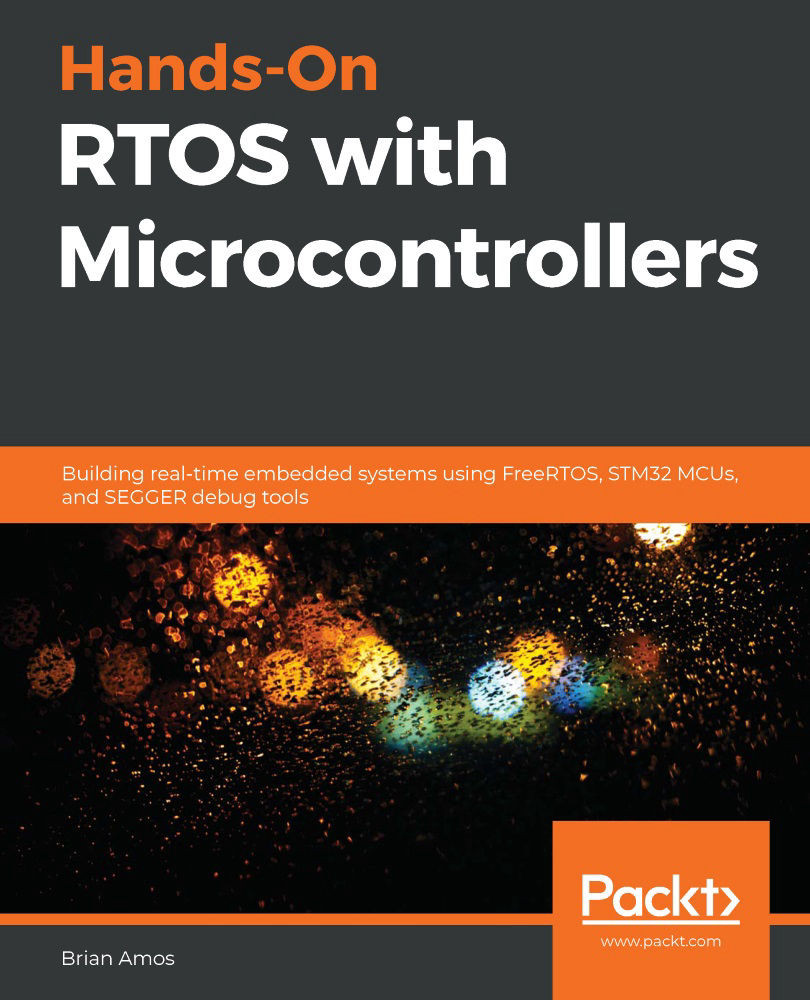This chapter is a crash course on microcontroller unit (MCU) selection, targeted at engineers who don't have a deep hardware background. It doesn't try to be an exhaustive list of absolutely everything you need to know and consider when selecting hardware for your new project. It does provide an introduction to many of the contributing factors for differentiating between and selecting MCU devices. By the end, you'll be aware of enough key considerations to efficiently research MCUs and discuss potential candidates with the hardware engineers on the team. By increasing hardware/firmware collaboration and selecting the right MCU for the project the first time around, you'll avoid both hardware redesigns and schedule delays.
We'll start by introducing a wide range of considerations that go into selecting a suitable MCU for your project...


